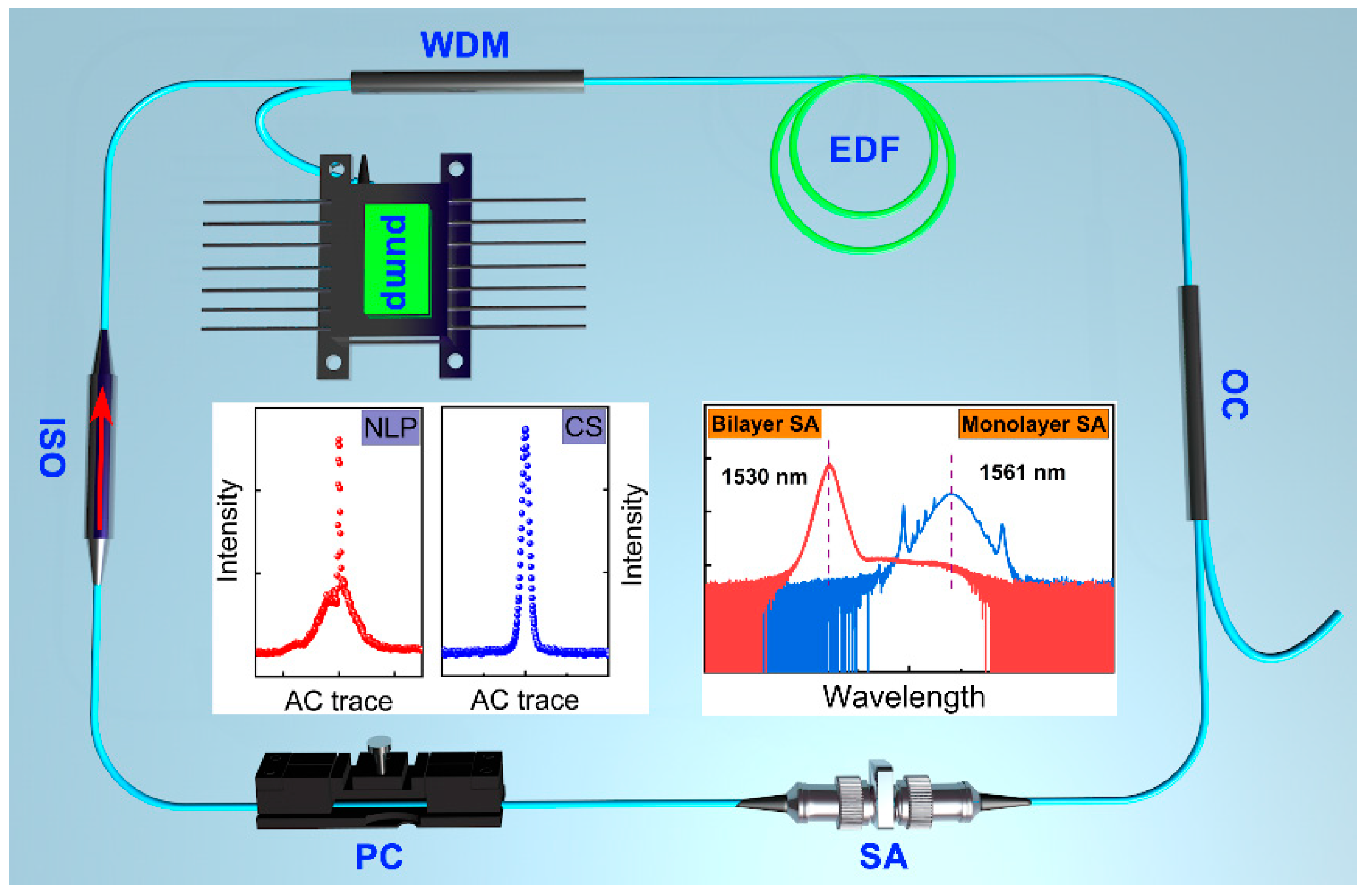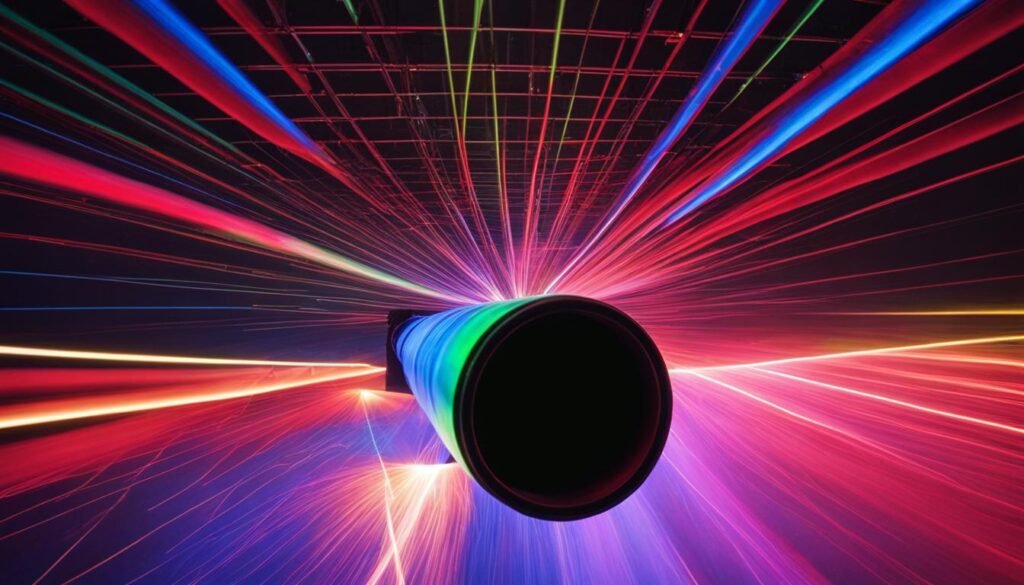Contents

Source: Nature
Understanding Pulse Propagation in Mode-Locked Lasers
In the realm of mode-locked lasers, the interplay of various physical effects governs the behavior of pulsed laser light. One crucial aspect is the numerical simulation of pulse propagation, which allows us to delve into the intricate dynamics of these systems.
Exploring Quasi-Soliton Mode-Locked Bulk Lasers
When considering pulse propagation in sub-picosecond regimes, factors such as chromatic dispersion and the Kerr nonlinearity come into play. In such scenarios, soliton effects are utilized for (quasi-)soliton mode locking, where pulse shaping primarily arises from dispersive and nonlinear effects. The saturable absorber initiates mode locking and stabilizes pulses, albeit with a minor impact on pulse characteristics.
Modeling the Laser Resonator
The laser resonator’s configuration involves elements like the output coupler, gain medium, saturable absorber, and group delay dispersion (GDD). Chromatic dispersion is concentrated in the saturable absorber, with key parameters such as gain bandwidth, modulation depth, and transmission affecting pulse dynamics. The Kerr nonlinearity and GDD further influence pulse evolution within the resonator.
Stability Analysis and Pulse Dynamics
The initial pulse duration, resonator parameters, and SESAM recovery time collectively determine pulse stability. A critical aspect is the ability of the saturable absorber to suppress noise and maintain pulse integrity. Varying GDD values can push the system into stable or unstable regimes, impacting pulse duration and spectral characteristics.
Insights from Simulation Studies
Numerical simulations provide valuable insights into the stability limits of mode-locked lasers, offering a controlled environment to explore different operational scenarios. By manipulating parameters like GDD and recovery time, researchers can predict pulse behavior and optimize laser performance.
In conclusion, the numerical simulation of pulse propagation in mode-locked lasers unveils the intricate interplay of dispersive, nonlinear, and absorptive effects. These simulations not only aid in understanding fundamental laser dynamics but also guide the design of advanced ultrafast laser systems.

Source: MDPI
Feel free to comment your thoughts.



